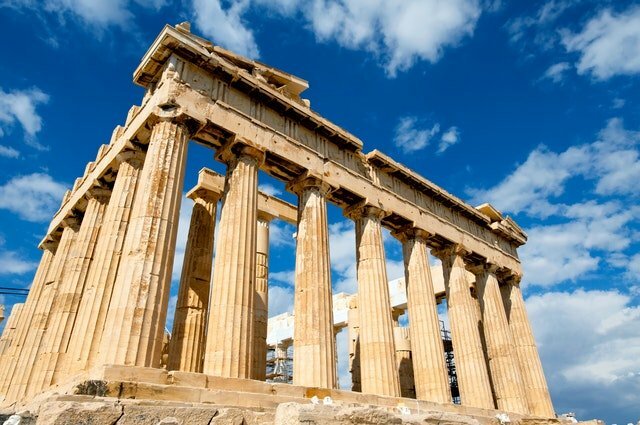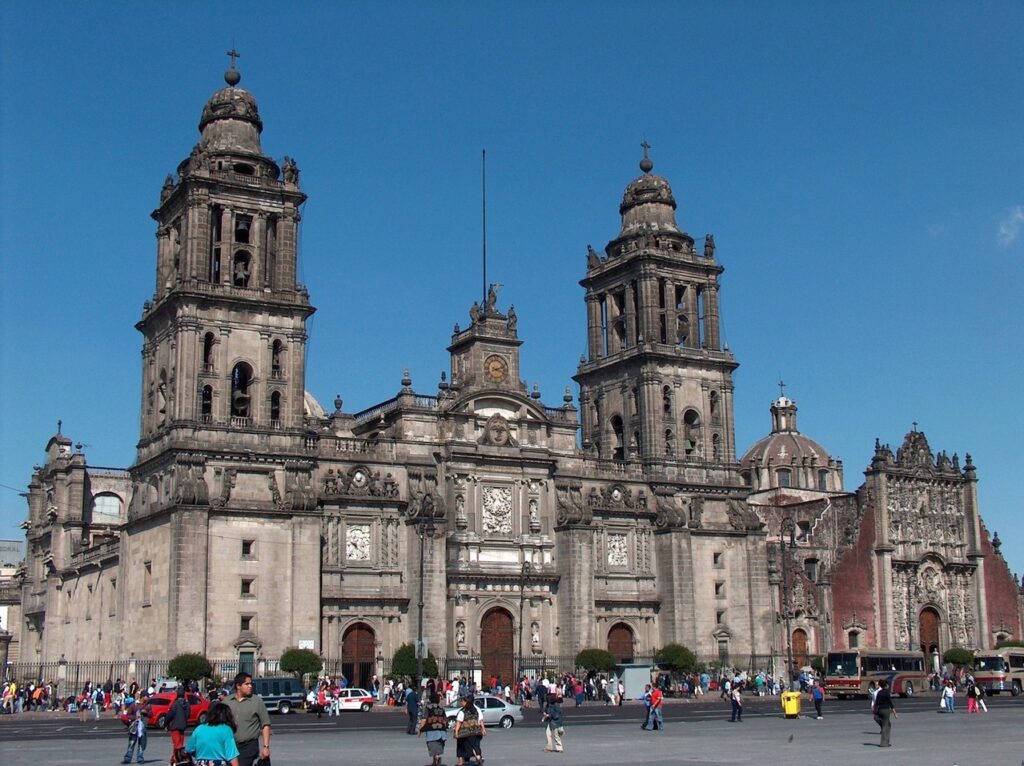Golden Ratio meaning
Golden ratio, what is it?
The golden ratio or φ (Phi) is neither a measure nor a dimension; it is a ratio of two homogeneous measures.
The Golden Ratio comes from a ratio that has only two letters, d and q, that verifies:
d / q = (d + q) / d
With this proportion, we obtain a quadratic equation. Indeed, by setting d / q = φ, we obtain: φ² = φ + 1
Equation which has for positive root:
φ = (1 + √5) / 2 ≈1.61803 39887 5
A golden rectangle is a rectangle in which the ratio of length to width equals the number Phi (φ).
The golden ratio is closely associated with the Fibonacci sequence, which is a sequence of integers. Each term in the Fibonacci sequence is the sum of the two precedent terms. The Fibonacci terms are 0, 1, 1, 2, 3, 5, 8, 13, 21, etc., and the ratio of each term to the previous one tends to 1.618, or phi. The more numbers are large, and the more precise is the approximation.

History of the golden ratio
The golden ratio is first mentioned in the Elements, a treatise on classical Greek mathematics and geometry written by Euclid around the year 300 BC. Euclid and other contemporary mathematicians, such as Pythagoras, knew this proportion but only much later that this proportion acquired its mystical dimension. In 1509, the Italian mathematician Luca Pacioli published De Divina Proportione, an illustrated book by Leonardo da Vinci which glorified this ratio representing simplicity and order of divine inspiration. Thanks to Luca Pacioli’s book and Leonardo da Vinci’s illustrations, the golden ratio became famous among mathematicians and artists. Many have claimed that this number was naturally pleasing to the eye and that it was the mathematical embodiment of beauty.
The golden ratio around us
In architecture:
Ancient Civilizations used the golden ratio to design monuments with harmonious proportions.
- The Great Pyramid of Giza is one of the greatest wonders of World. The erosion of the exterior makes the measurements difficult and questionable. Nevertheless, the dimensions of « the king’s chamber » make Pi and Phi appear quite distinctly. Attributed to Pharaoh Khufu, this unique pyramid was built around -2500 BC. It is the only one of the seven wonders of the world that remains globally intact despite the thousands of years of existence. It has resisted millennia of erosion and the many earthquakes that shook Cairo, highlighting the extraordinary know-how of ancient Egyptian builders in terms of architecture. Nowadays, we still use many theorems from Greek mathematicians such as Thales or Pythagoras. It is important to remember that they studied in Egypt for years.
- The Parthenon: The golden rectangle and the golden section appear particularly evident in the method of construction of the Parthenon, which was made around -450 BC. It is a majestic monument that incorporates the constants of sacred geometry and many characteristic elements of classical Greek architecture, such as Doric capitals or large columns.
- Mexico City Cathedral: The Mexico City Cathedral is an exceptional monument that took over 200 years to build. There is a mix of Renaissance, Baroque, and Neoclassical architectural styles. The Metropolitan Cathedral of Mexico City was in danger because the structure sank due to the muddy ground. After years of renovation, the problem has been contained, and this magnificent work is again preserved from collapse.
- Notre Dame de Paris Cathedral: This cathedral is a perfect example of asymmetrical construction. We can directly distinguish the use of several golden rectangles.

Giza pyramid 
Parthenon 
Mexico City Cathedral 
Notre Dame Cathedral







